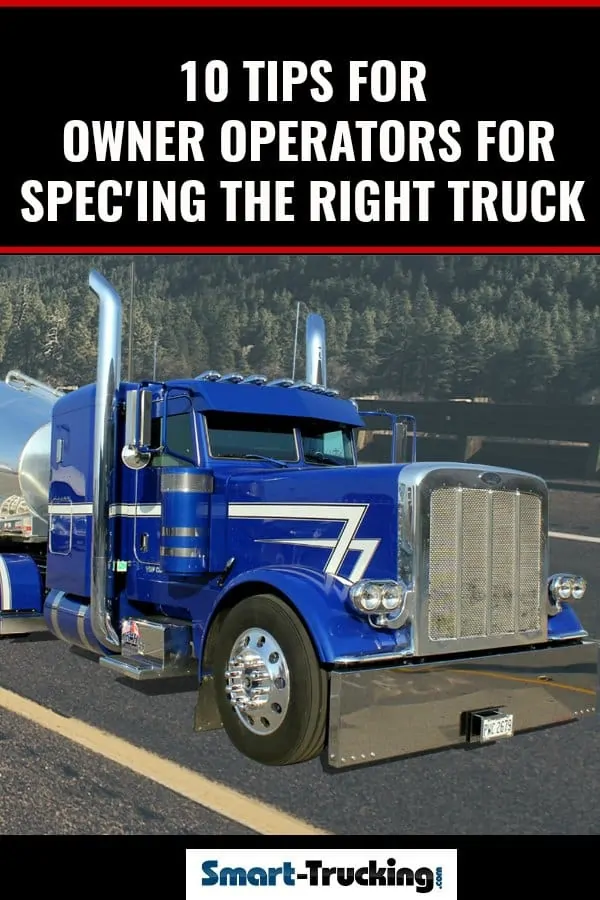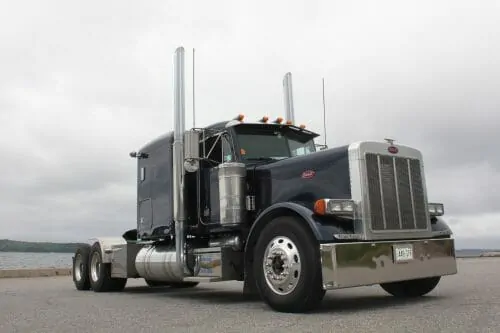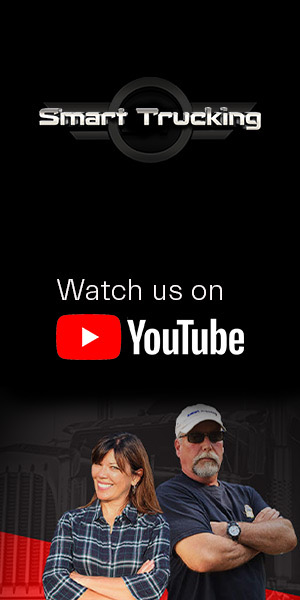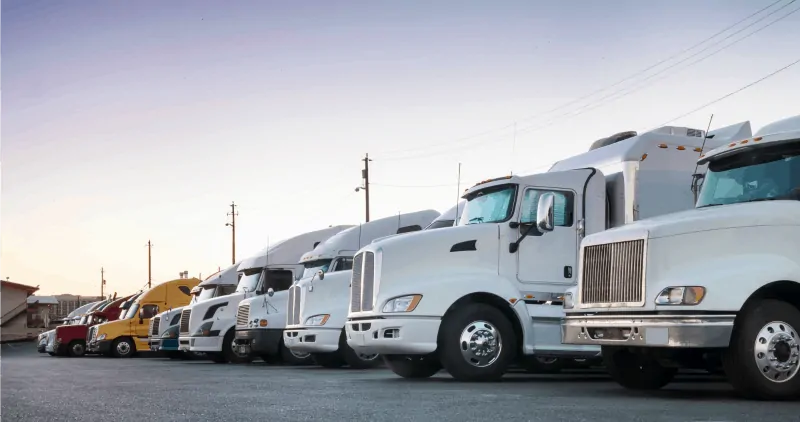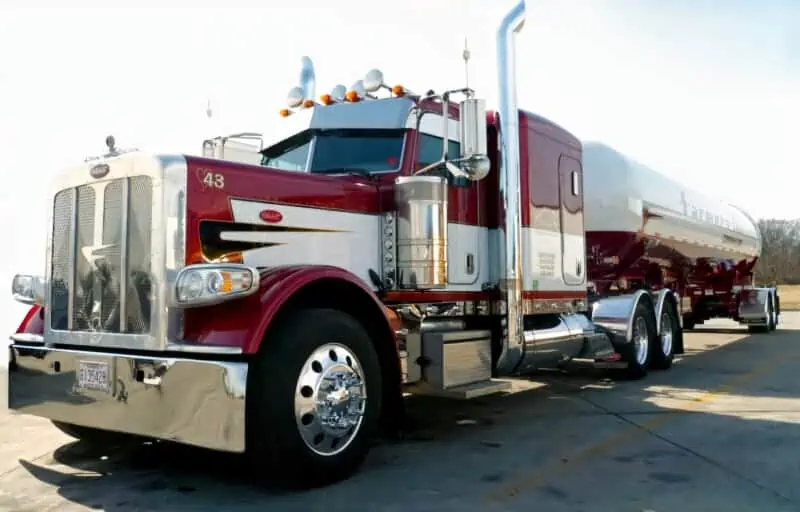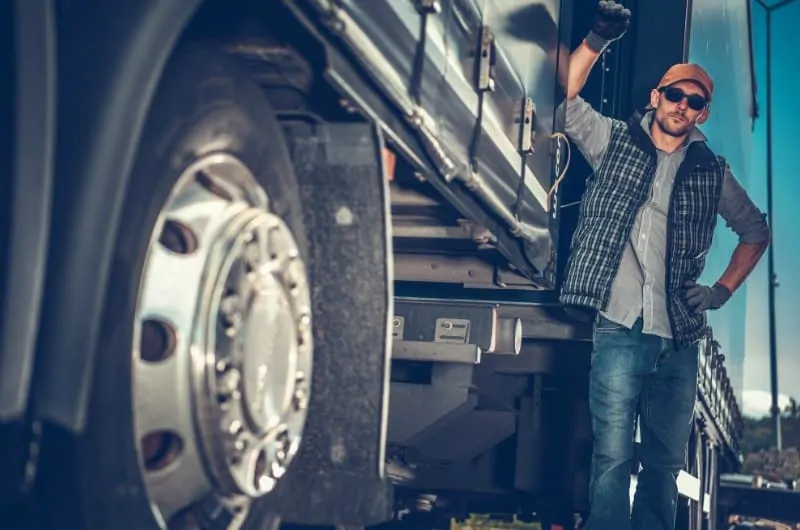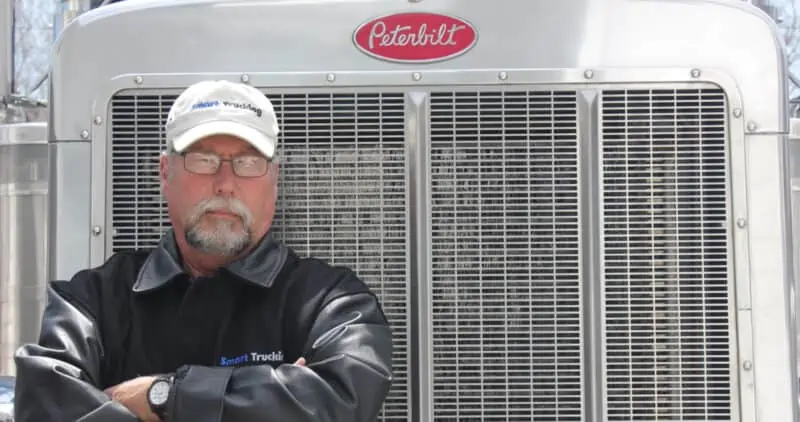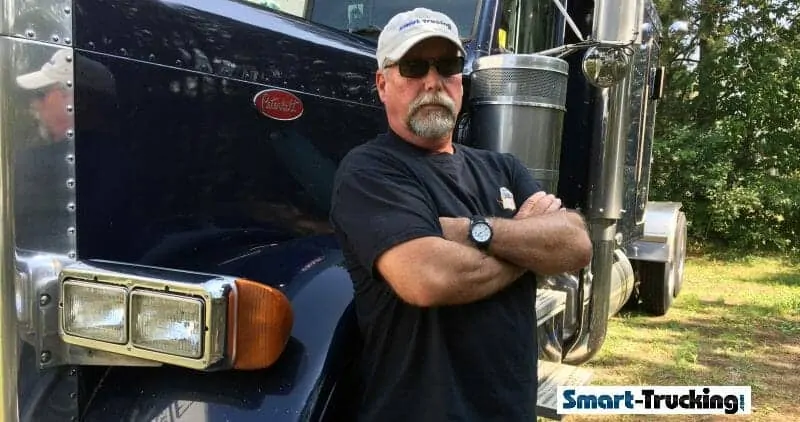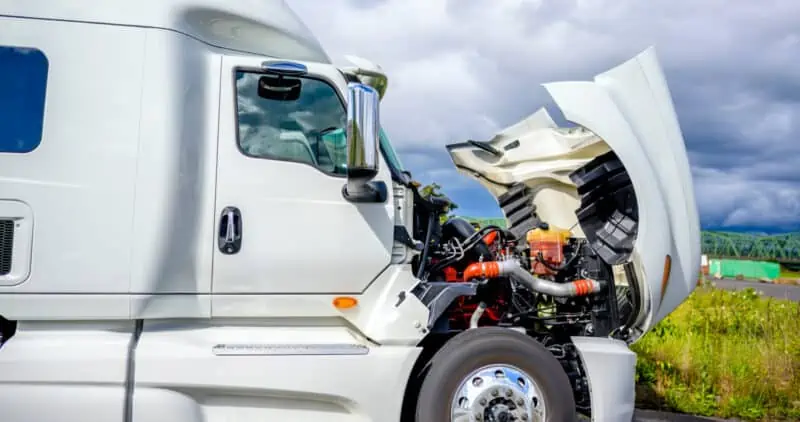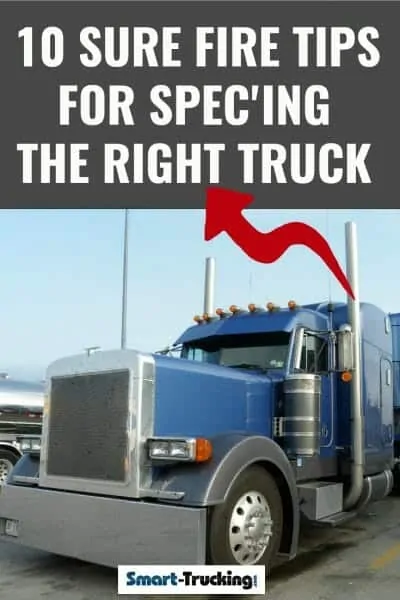
The truck you build will largely determine your success as an owner operator.
Choosing the wrong truck specifications can cost you big in the long run. Wasting money on unnecessary upgrades, proprietary designs, the wrong transmission, or even the wrong colour can hit you hard in the pocketbook down the line.
Here are some tips to keep in mind when spec’ing a big truck.
10 BEST TIPS FOR SPEC’ING A CUSTOM TRUCK
1. Go With the Best Professional/Consultant You Can Find
First and foremost, you should work with a consultant before buying or customizing your semi truck.
The process of spec’ing a big rig is a difficult task. For the most part, it’s beyond the capability of most truck owners.
After all, truckers are trained to be professional drivers. It takes a different kind of professional to spec a truck for specific applications.
Choosing a good consultant before picking the best specifications for your truck can make or break you as an independent owner operator.
Choosing the right specifications for your truck is best left up to someone who knows what they are doing.
You should still do your own research but cross-referencing your facts and ideas is highly recommended.
Here are some tips for choosing a consultant:
- Ask around and get referrals from other truckers you know.
- Ask lots of questions to find out if the individual has the knowledge required to design and build a truck.
- Be sure they aren’t just out to sell you a truck. If they aren’t the right person, keep looking. Don’t settle on the first salesperson you trip across.
- Don’t try to spec your equipment if you don’t have a clue what you’re doing. Despite there being plenty of articles and YouTube videos out there, it’s still best to work with a consultant.
Related > Sure Fire Owner Operator Tips + Advice For Profit And Success
2. Choose the Right Sales Rep
Hunt for a qualified truck salesperson. Look for someone who’s been in the business for a while. You want to find someone who is knowledgeable about the mechanics and application of specifications of big rigs. A former mechanic or a trucker is your best choice.
Find a reliable rep and tell them the application for the equipment you wish to buy. They should be able to suggest ideal drivelines for different types of work. For example, they should be able to tell you the ideal truck whether you’re running the mountains pulling trains or pulling 5 axles through the U.S. These are two different truck specs for two different jobs.
Provide your sales rep with as much information as you’re able, about the type of work you’ll be doing.
The sales rep will use that information to determine the engine size and type, transmission, suspension, tire size, various ratios and countless other truck spec’s needed for your particular type of work.
Don’t try to figure all of that out on your own! It’s just not worth it to find out you did your spec’ing wrong after you’ve started your route.
3. Pick a Reliable Dealership
Be sure there’s a dependable dealer/repair shop where you live, for warranty work, maintenance and other repairs on the brand of truck you’re going to buy. (For eg., if you’re buying a Freightliner and there’s no dealer nearby, you may want to rethink the whole thing.)
Related > Owner Operator Tips For Choosing the Best Make of Truck.
4. Order, Don’t Buy Off the Lot
Don’t buy a truck off the dealer lot, if you can help it.
This isn’t always possible, but a custom ordered truck is usually your best bet. Try to plan ahead and order when possible.
When you buy a lot truck, you can end up paying for the wrong spec’s. Also, you’ll be paying for features that you’ll never need.
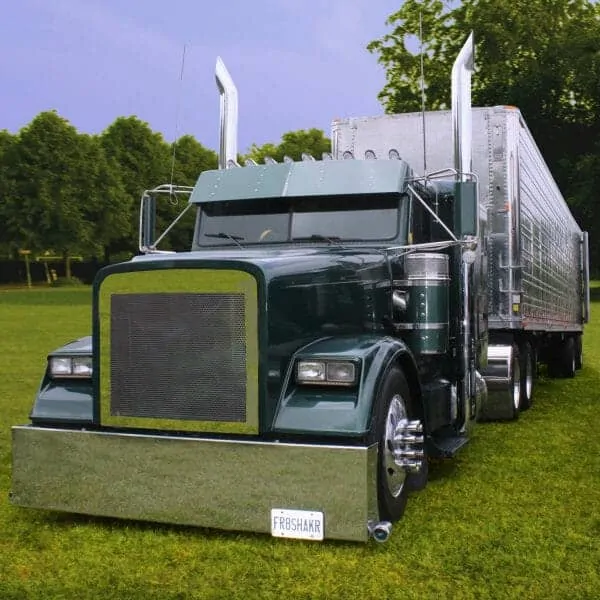
5. Consider a Used Semi Truck, But Use Extreme Caution
If you don’t want to buy new, you can consider buying used.
Due to the volatility in the trucking industry, particularly for the owner-operator, the tendency has been to purchase used trucks, due to the tighter profit margin.
In general, I advise against buying used. There are exceptions to this practice, but as a rule, I don’t recommend it. You just never know what kind of problems you’re buying in to.
Most owners or companies these days don’t sell their rigs until it starts costing them money and they’re looking to pass those problems onto the next owner.
I’ve bought used tractors a few times.
However, I knew both the history of the vehicle, knew the owner and the driver personally, since the time the truck was new. I also know a trucker who purchased one of Challenger’s used fleet trucks and has had a good return from his investment.
But remember, situations like this are the exception, not the rule. I wouldn’t remove buying used completely from your options based on your current finances. I just caution you to do your research before buying.
Related > What You Need to Know About Buying a Used Big Rig
6. Spec Your Custom Truck For Versatility
Sometimes, a trucking company will require an owner operator to have custom spec’s which are specific to the work required.
It’s tough to predict what the future will bring. You may end up taking work that you hadn’t counted on when you originally spec’ed your truck. No matter how great your present deal is with a trucking company you’re leased on to, you could just as quickly decide to switch companies. It is better to build a truck that is well suited for more than one type of narrowly specific application.
Likewise, if you have a specialized or custom semi truck, it may make reselling very difficult. If you need to make a quick sale on your truck so you can get outfitted with one that suits your route better, having a highly spec’d truck could set you back while looking for a buyer.
A versatile set of specifications on your custom semi truck also presents more options if you decide to move on to other kinds of work.
I spec rear end gears and transmissions in the middle of the available spectrum. That way, the rig is geared well for mountain work when necessary, but still able to cruise at low RPM’S on the interstates of Nebraska and Texas.
It’s wise to spec with versatility in mind.
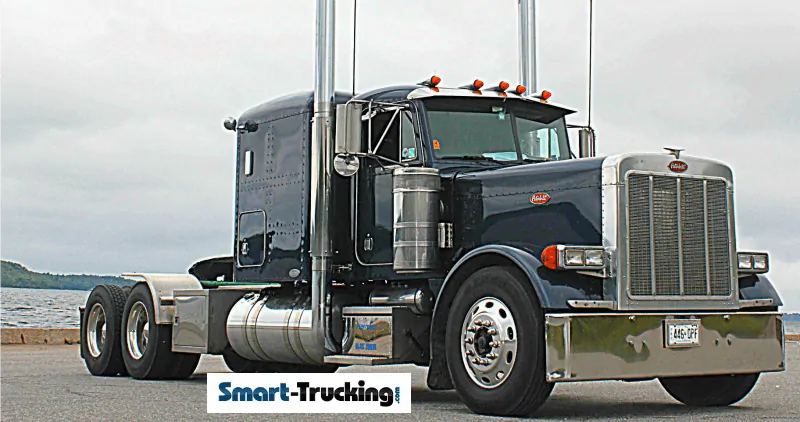
7. Diesel Engine Spec’s: What Horsepower Spec to Choose
If in doubt of what you’ll need under the hood for power, the best general advice is to avoid the highest or lowest horsepower when ordering new. Discuss with your rep your best options.
It’s true a bigger, stronger engine won’t need to work as hard.
But, you may not need the biggest motor on the market, either. You could easily be overspending for no reason just to get a rig with the highest horsepower when it isn’t necessary.
An under spec’ed rig can lead to very serious issues such as the engine being too underpowered for payload.
Overworking the engine will burn it out prematurely. Don’t cheap out on the right specifications for your truck. Saving money on the initial purchase will just end up costing you money in the long run.
On the other hand, an over spec’ed truck has no real downside mechanically speaking. However, you’ll spend more money than necessary at purchase time. Who needs bigger truck payments nowadays?
Related > The Best Engine Truck Engines + The Worst: A Trucker’s Guide to Getting the Right Engine
8. Tried and True Drive Specifications for Your Truck
Don’t choose the SPEC of the month. Let’s look at a real-world spec’ing mistake:
When Kenworth first came out with the Anteater, named for its drop nose configuration, everyone knew Kenworth had come out with a winner in response to the rising fuel costs. It was so much more aerodynamic which meant more fuel-efficient.
Anxious buyers flocked to the Kenworth dealerships to buy up these Anteaters. Some of the buyers were contracted to pull heavy weight through the mountains areas. Smarter heads stood back and did not run out to buy these hot new fuel-efficient vehicles right away.
But what these people didn’t know, or didn’t bother to find out, was that in order to achieve the drop nose profile, Kenworth designers found it necessary to use a smaller radiator in these trucks, in order to fit under the sloped hood.
A smaller radiator meant less cooling capacity. The truckers doing mountain pulling, quickly found out these small rads didn’t have the cooling capacity for their trucks, with heavy loads in the mountains.
The problem of cooling capacity came to light, and Kenworth dealt with the problem. All worked out well in the end, except for the few who had bought too early and had the mountain application….. they had big problems!
There are many lessons such as this, throughout the industry. Tried and true specs are usually the way to go, not the latest and the greatest gadgets and designs.
It’s vital to get the correct driveline combination for longevity and best performance with your rig. Choose a rear end ratio and transmission combination that have a history of standing up well, provide good fuel economy and working power, without breaking down or increasing unnecessary costs.
Don’t be fooled by the latest and the greatest driveline combo. Wait until the records show in years to come, that the new findings for a driveline combo are REALLY viable.
If you do spec a combo that proves to be a bomb, selling your unit may turn out to be a problem.
9. Consider Fuel Mileage
The fuel mileage factor has become very important for profitability in the past few years. However, a fuel-efficient engine doesn’t equal a reliable performing engine. Ask your rep or research what engine has a history of reliability and performance.
Be very careful of the fuel-efficiency factor. Too many are influenced by the big savings promised by the manufacturers and the promises to spend less at the fuel pumps.
However, those savings at the pump may be spent in the shop on an engine that won’t run.
It’s better to spend more money at the pumps than eat the cost in downtime and shop fees. These days with the profit margin being so slim, a mistake like that may be fatal to your business.
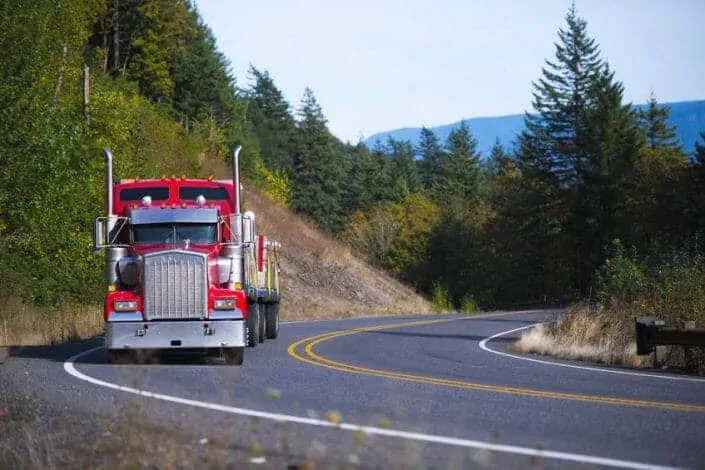
10. Design
When buying a rig, you should consider whether or not things like colour, parts, and customizations are worth the cost.
Yes, even factors such as colour, have an influence on equipment value. Some colours are just more appealing to buyers than others. Blue is the most popular colour for big rigs. Specialized paint jobs can run a high ticket price of around $20,000 but also make reselling difficult so it’s kind of a lose-lose.
Be cautious about paying for custom design elements you don’t really need. A good example of this is super singles. Yes, there are the advantages of weight savings in some applications, but very few.
A couple of years ago, I needed to stop in to a tire repair shop in southern Utah, in the middle of nowhere. While having a trailer tire repaired, I looked around the shop and was surprised to see a very large selection of not only super single tires but rims for the super singles as well.
I commented to the owner that I was surprised he had such extensive stock of them, not thinking he would have many local customers in this area who used them.
He smiled at me and said, “I sell them from my road calls and I’m making a fortune! These out of state carriers coming through, blow them quite often, but with no supporting tire beside them, the axle drops and drags the rim on the road before the truck can stop.
The vehicle is then unable to ‘limp in’ for repairs like you did. So I get a few hundred for the road call and better than a thousand for a new tire and rim. Super singles are the best thing to happen to the tire industry in a long time!”
I hadn’t thought of that. But I could appreciate what he was saying. I wouldn’t spec super singles for a long haul, cross country application.
Another example of a custom spec you may not need is moose bumpers. Moose bumpers can be a love/ hate thing.
Though I hate the look of them, I sure understand the necessity of ‘moose bumpers’ on trucks in some areas of the country. One deer hit on an average tractor-trailer these days can run as high as $20,000, not including the revenue loss on downtime.
One moose hit could mean the insurance adjuster may write off the truck.
No one ever wins with insurance claims, so if you run in areas prone to wildlife traffic, it may be wise to include one of these on your truck. So definitely a good purchase if you have the need.
When you work with a consultant and sales rep, you can narrow down whether these custom truck add-ons are worth the cost.
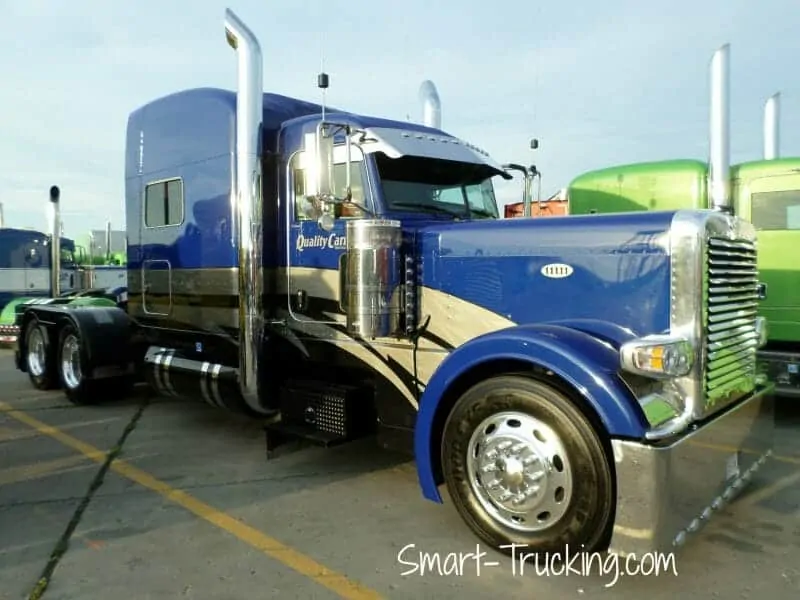
Buying the Right Truck with the Right Specifications
Choosing the RIGHT big rig specs is critical to the success of the owner-operator. The value of a big rig is an important aspect of designing or spec’ing a truck. Building and buying a new truck is a vital process the owner operator needs to GET RIGHT.
No one can afford to screw up this important process!
To summarize all the tips:
- Work with a consultant and reliable sales rep to get the most bang for your buck.
- Buy from a reliable dealership that will provide you with repairs along your route and a worthwhile warranty.
- Order your rig. Be cautious if buying used or off the lot – these mistakes can cost you.
- Spec for versatility.
- Opt for higher horsepower but not biggest motor if it isn’t necessary.
- Avoid specs that haven’t cut their teeth out on the market. Avoid specs of the month.
- Be cautious when choosing design specs like tires, colour, or add-ons that you don’t actually need or may not want at all.
Choose the correct custom truck specifications for your application and build a well rounded, versatile rig.
Work with a sales rep and consultant to build a truck that will serve you well, be a money maker, and also generate a tidy sum of money after you’re done with it, and it’s time to trade.
Take the time to spec your truck for the work you’ll be doing. It’ll maximize your productivity, and maximize your bottom line. That’s what it’s all about in the trucking industry as an owner operator.
More Related Articles You May Like
- What You Need to Know About Owner Operator Vs Company Driver Jobs
- Sure Fire Owner Operator Tips + Advice For Profit And Success
- A Guide to Kicking Off Your Trucking Career – Making That Big Decision
